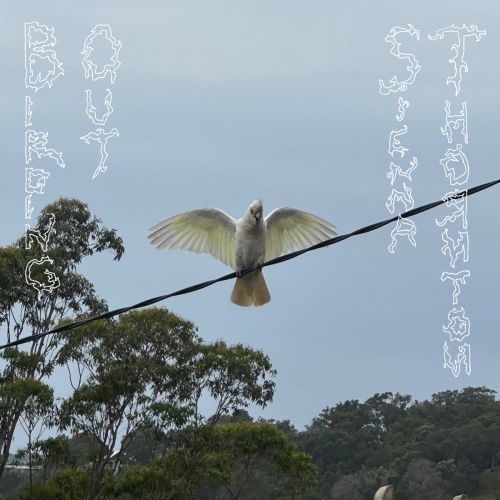 Dating back to a tape release in 1998 and a later CDr edition from 2005, Dreaming Muzak has now been given the deluxe re-release treatment by Zoharum and arrives in a lovingly-produced three-panel gatefold CD sleeve, remastered, like the recent Maeror Tri (which includes Troum‘s Martin Gitschel and Stefan Knappe as two of the trio) editions, by Łukasz Miernik.
Dating back to a tape release in 1998 and a later CDr edition from 2005, Dreaming Muzak has now been given the deluxe re-release treatment by Zoharum and arrives in a lovingly-produced three-panel gatefold CD sleeve, remastered, like the recent Maeror Tri (which includes Troum‘s Martin Gitschel and Stefan Knappe as two of the trio) editions, by Łukasz Miernik.
There are undertows of rustlings and crepitations from the beyond which help build that feeling of disturbance and which tend towards an initial disinclination to let the music do what Muzak™ does, and surround without intruding upon the everyday. In this sense of course, Troum — the old German word for dream — are perhaps not necessarily aiming for the background but instead for the present foreground and to block out other inputs to allow the sleeping or overwhelmed brain to roam freer in its associations. Dreaming Muzak certainly works hard on the waking listener, demanding if not precisely attention then at least recognition of its audio supremacy.
Part 2 (“The Dream Catcher”; a term now so benighted with associations of mashed-up appropriated spiritual twaddle that its Native American origins have long been obscured, at least in western consciousness) floats on somewhat less breathtaking sound waves which eddy and glide more than rush and roar, where something which resembles the sound of the listener’s own blood pulsing through their ears is almost restful rather than constrictive. By far the more varied track, Part 2 is also easier on the waking brain, though no less intense in its spectral domination; careful adjustment of levels and EQ can be required for Dreaming Muzak to avoid distortion and unexpected glitching.While New Age sleep musics (and Muzaks) might variously aim to motivate the listener, stimulate their chakras, bring them closer to god(s) and/or Mammon, Dreaming Muzak‘s intent is purer, without a direct agenda on the part of Troum other than to provide a means to an psychological end (as they state on the sleeve: “You may hear melodies. You may hear voices. You may hear anything you like”) which the user and/or their subconscious is free to interpret as he or she will. That and shake the windows along the way.
-Linus Tossio-


